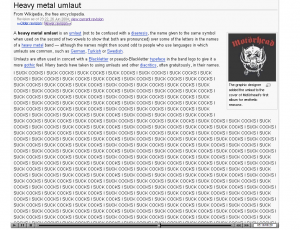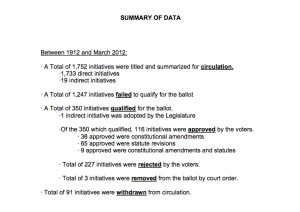The video “Copyright Criminals” was very interesting and informative at the same time. It was surprising to see all the legal issues artists ran into when using samples of old songs. Because I’m in the consumer’s end of the spectrum, I never once thought about what goes on behind the scenes with the producers. It turns out that whenever a musician’s old beat or sound or phrase is used, he or she has to give permission, otherwise it becomes copyright infringement.
It was interesting that some artist’s didn’t mind their beats being “stolen” at all, while others such as Gilbert O’Sullivan worked up a storm about it. Clyde Stubblefield says “I didn’t know anything about sampling, and someone came up to me and said, “Some artist is using your drum pattern and I go ‘cool’.” It’s neat that he just brushed off the matter. So it’s apparent that the people behind these remakes need to be careful as to whose music they are using. The video mentioned that now the remix makers make a list of people whose music they’d like to use and cross out the one’s whom they think would be offended or angered by the act.
Today, the amount of music that is being altered without consent is astonishing. The business of mixing songs has become so huge that it is almost difficult to control. It is to the point that if Carly Rae Jepson were to sue every single person who remixed her song “Call Me Maybe” it would take her a century. Many artists these days don’t mind that their music is being remade without consent because most of the time it is just for fun and games with no intentions of harming or taking profits from the original creator. But when people begin to make money off of remakes of songs, that’s a different story.
Overall, it is obviously easier to make a mashup of previously recorded music than it is to make a completely new record, but as this new type of sound continues to become bigger and bigger, it needs to be respected as well as done right.




